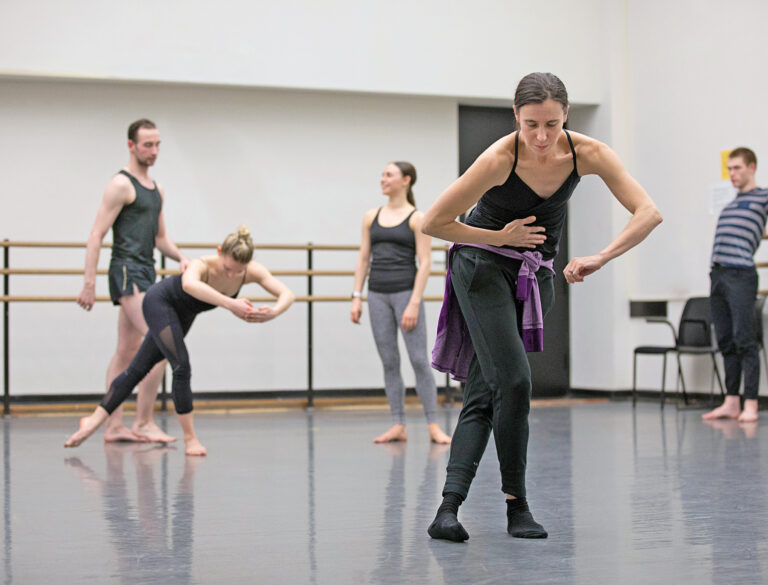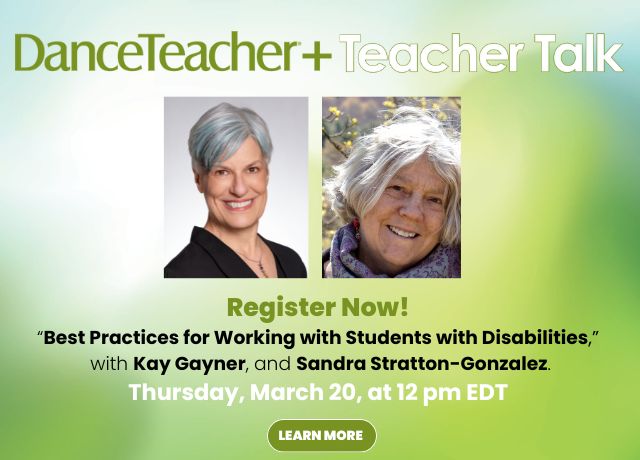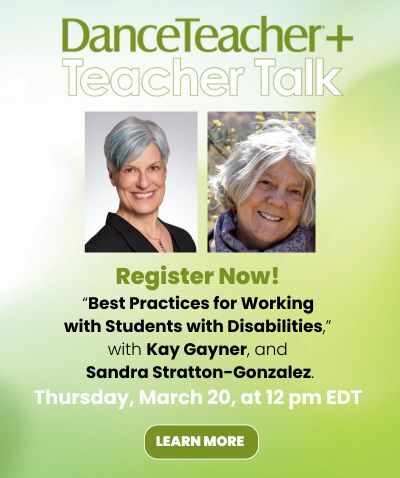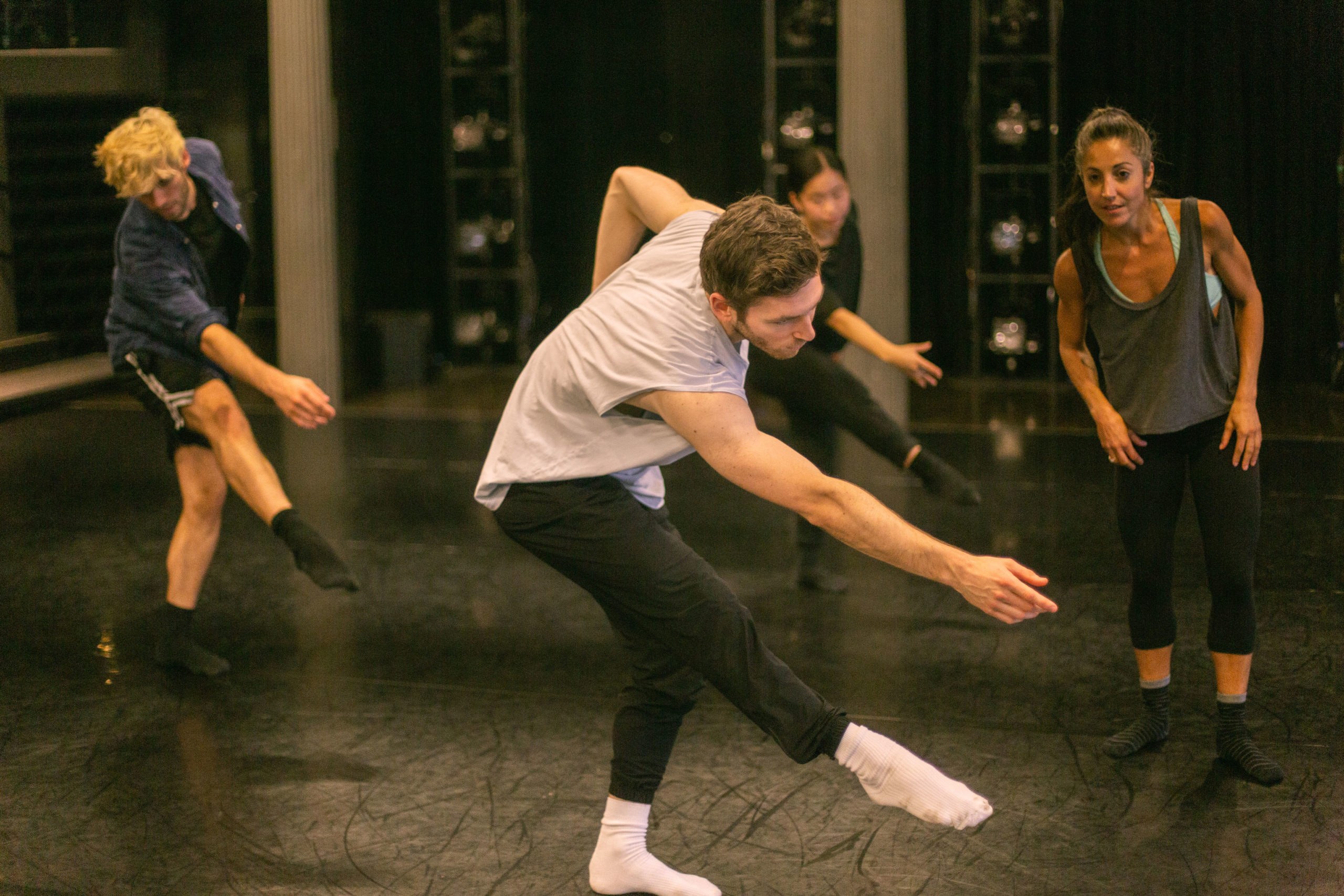
Contemporary teacher Brandon Coleman knows a thing or two about side hustles. Not only is he now a career coach for dancers, but in the past he’s walked dogs, served pizza, delivered wine, donated plasma and done social media work at various points alongside his dance work.
“We look for side hustles when we’re trying to fill something we’re not getting from our main job,” he says. “Maybe that’s financial, maybe it’s a need to take care of our bodies in a different way or use our minds in a different way.”
If teaching dance isn’t paying all the bills right now, or if you’re looking to pursue a different interest or build a new skill set, a side hustle might be the answer. But with a career as physically and emotionally demanding as being a dance teacher, it’s important to be thoughtful about what kind of side hustle will be a fit.
Use these tips from Coleman and career counselor Patricia Schwadron to find one that supports you and your teaching career.
Identify What You Want
To land the right side hustle, you need to know what kind of role you want this additional work to play in your life. Are you purely searching for more income, and thus looking for the highest-paid work you can find? Are you looking for something you may want to grow into a second career? Do you want another job that uses your dance-educator brain—like exploring dance journalism opportunities—or a job where you can turn the creative part of your brain off? Do you want to dive deeper into your dance community—perhaps by taking on administrative work at a studio—or get a break from it?
These questions can help determine not only what kind of work you take on, says Coleman, but how you approach that work. For instance, he created firm boundaries around his pizza-serving job, as it was solely to pay the bills. But now he hopes to someday turn his career-coaching side hustle into his main job, so, naturally, he invests more energy and attention in it.
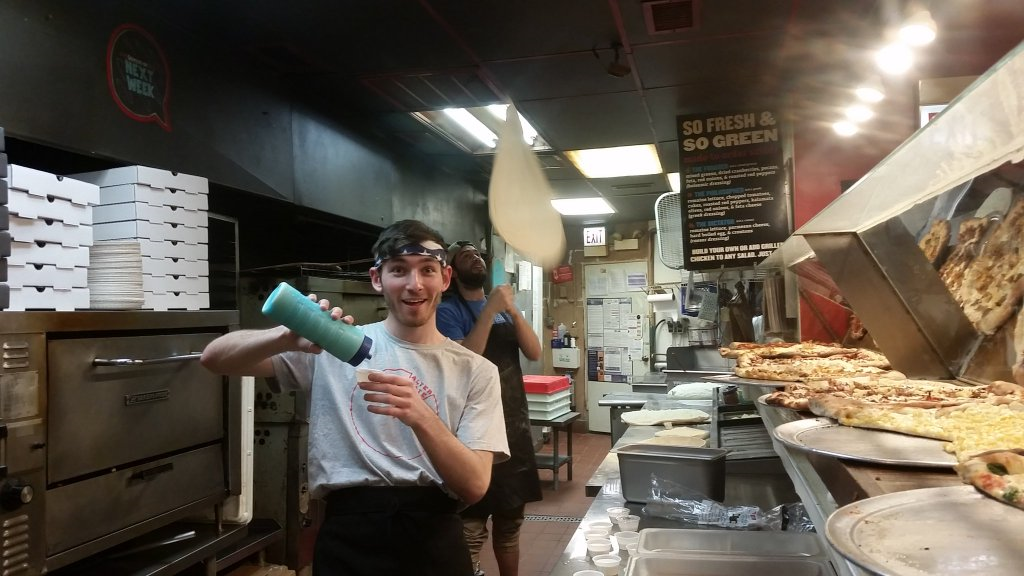
Match Your Goals With Your Skills
Know what you want and what you’re interested in, and then match those things with the skills you have to offer. List everything you do as a dance teacher, suggests Schwadron, who works with dancers at The Actors Fund: the communication with students and parents, the lesson-planning, the instruction itself and much more. “Think about if you had to hire someone to replace you, what would be all the bullets in the job description? Then you can pull the skills out of that,” she suggests. If there are skills you feel you are lacking to do the kind of work you’re interested in, Schwadron suggests exploring low- or no-cost online training for everything from marketing to bookkeeping.
Aim for Deadline-Driven Work
One thing you’ll definitely want in a side hustle: flexibility, to ensure that it doesn’t interfere with your teaching schedule. Schwadron says the best way to do this is to pursue work that is deadline-driven rather than clock-driven, meaning you have tasks you need to complete by a certain date, but the hours you work on them is up to you. This could include things like helping a business with their social media or website, or doing administrative tasks.
Look Within Your Network
Not only does sending out resumés and cover letters to positions you find online take lots of time, but it likely won’t land you work with the kind of flexibility you need, says Schwadron. Instead, she suggests starting by looking to your network, including working relationships you already have.
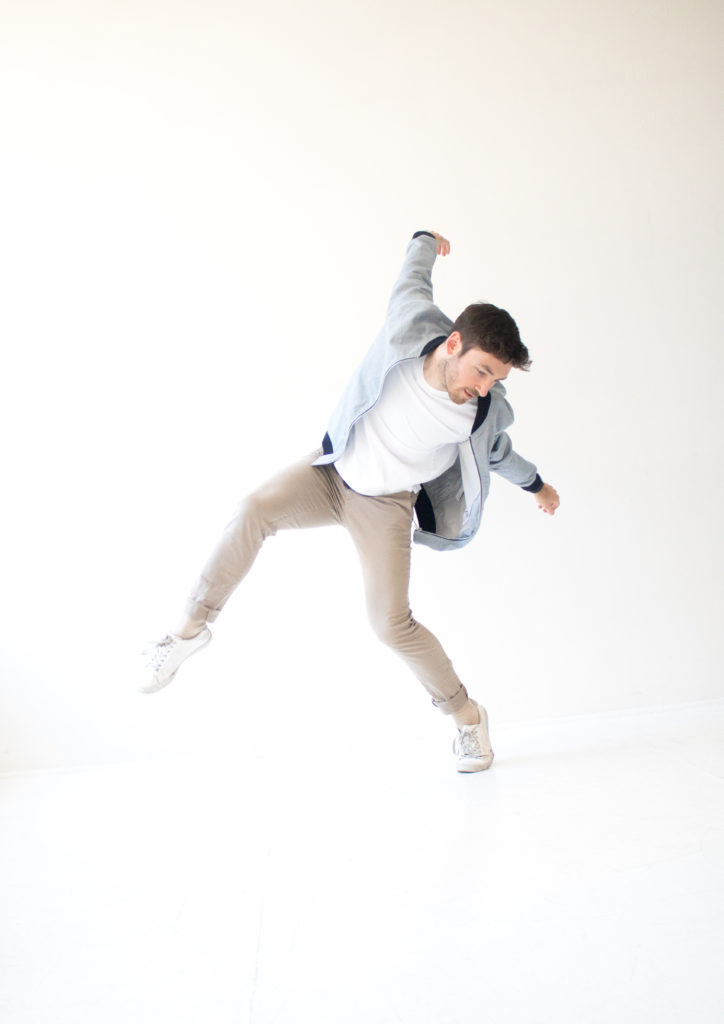
Rather than asking for work, she says, offer it: Let your networks know that, in addition to your teaching, you are now available to help individuals or businesses with their communications, or their marketing, or any other services they might need. “It’s a pitch rather than an ask, which is way more comfortable and way more appealing,” she says.
You can post such an offer on your social media pages and LinkedIn, but also be sure to tap into the communities you’re a part of: maybe one of the studios where you teach needs someone to post on social media, or your church needs a part-time bookkeeper. “Look at the communities where you’re already known as a smart, engaging person,” she says.
Keep Your Eyes on the Prize
Remember that, ultimately, you want your side hustle to support your main hustle—teaching dance, says Coleman. Both he and Schwadron warn that the wrong kind of side work can take away from your teaching practice by exhausting or emotionally draining you. Be especially wary of gigs that might take a toll on your body, says Schwadron, such as those that would have you on your feet for long hours. “If something is not the right fit, you’ll know pretty quickly,” says Coleman. “Because your energy is going to be down somewhere else.”


